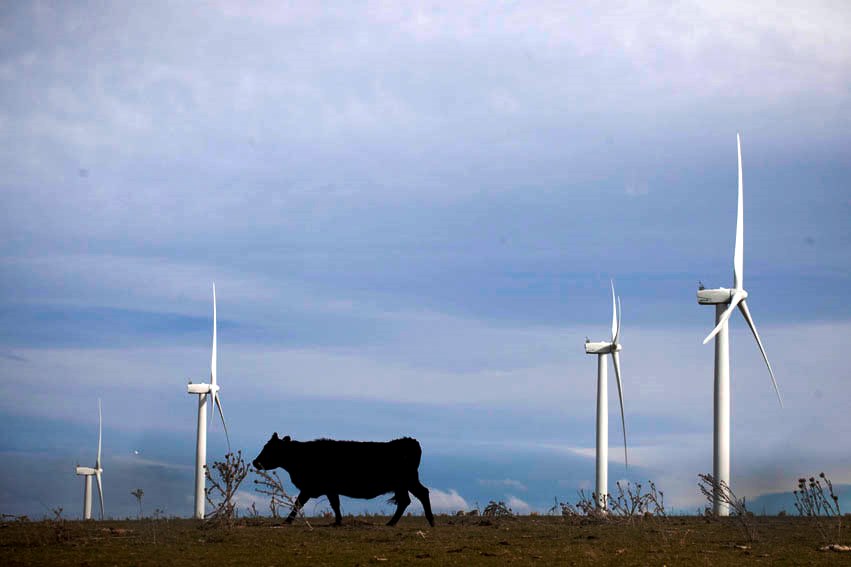INSIGHT
Can sustainable finance maintain its record momentum?

The momentum built in sustainable finance throughout 2019 was extraordinary. The year set a new record for sustainable debt issuance amid growing focus among issuers and investors on climate change and environmental, social and governance issues.
Can this growth be sustained in 2020? Only time will tell – but the hefty weight of investors pushing for more disclosure and transition will have a positive influence on borrowers and is likely to further drive issuance.
The total market size is now $US1.15 trillion across both bonds and loans. Green bonds continued to dominate the market with global volumes totalling USD271 billion in 2019 according to Bloomberg New Energy Finance.
The year 2019 also saw the emergence of sustainability-linked bonds, similar to sustainability-linked loans (SLL) where proceeds are used for general corporate purposes and not earmarked for particular projects. Italian energy firm Enel paved the way with a $US1.5 billion United Nations sustainable development goals-linked bond in September.
SLLs grew strongly in 2019 as companies utilise this format of loan to link their sustainability targets to their cost of capital. SLL volumes hit $US121.5 billion, nearly triple the $US45.4 billion in 2018.
"Pressure continues to grow on companies to focus on the risk of climate change and investors have shown they are willing to use their position to advocate for change and transition.”
Significant momentum
There was significant momentum in this product from corporate borrowers globally, with notable loans from Shell ($US10 billion), Germany’s E.ON (€3.5 billion), renewable energy equipment supplier Siemens Gamesa (€2.5 billion) and chemicals company Lanxess (€1 billion).
Another notable SLL was a $US1.8 billion revolving credit facility for commodities company Louis Dreyfus that covered multiple jurisdictions namely North America, Asia, Europe, Middle East and Africa.
Elsewhere, New Zealand dairy producer Synlait Milk signed New Zealand’s first SLL (ANZ as Lead Arranger) while Canada’s Maple Leaf Foods refinanced existing loans totalling $C2 billion that linked the interest margin to the company’s sustainability targets, a first for that country.
Pressure continues to grow on companies to focus on the risk of climate change and investors have shown they are willing to use their position to advocate for change and transition.
Some examples include Sweden’s central bank Riksbank, which announced in November it had sold all of its Queensland, Western Australian and Alberta government bonds due on climate grounds.
The European Investment Bank said it would end fossil fuel funding and align all funding activities to the Paris Climate Agreement from 2021 and fund manager giant Blackrock’s recent decision to exit thermal coal producers should add more pressure to companies to take necessary climate action.
Combined, these moves indicate a growing commitment to sustainable practices which should continue to drive the financing decisions of treasurers through 2020.
Katharine Tapley is Head of Sustainable Finance at ANZ
This publication is published by Australia and New Zealand Banking Group Limited ABN 11 005 357 522 (“ANZBGL”) in Australia. This publication is intended as thought-leadership material. It is not published with the intention of providing any direct or indirect recommendations relating to any financial product, asset class or trading strategy. The information in this publication is not intended to influence any person to make a decision in relation to a financial product or class of financial products. It is general in nature and does not take account of the circumstances of any individual or class of individuals. Nothing in this publication constitutes a recommendation, solicitation or offer by ANZBGL or its branches or subsidiaries (collectively “ANZ”) to you to acquire a product or service, or an offer by ANZ to provide you with other products or services. All information contained in this publication is based on information available at the time of publication. While this publication has been prepared in good faith, no representation, warranty, assurance or undertaking is or will be made, and no responsibility or liability is or will be accepted by ANZ in relation to the accuracy or completeness of this publication or the use of information contained in this publication. ANZ does not provide any financial, investment, legal or taxation advice in connection with this publication.




